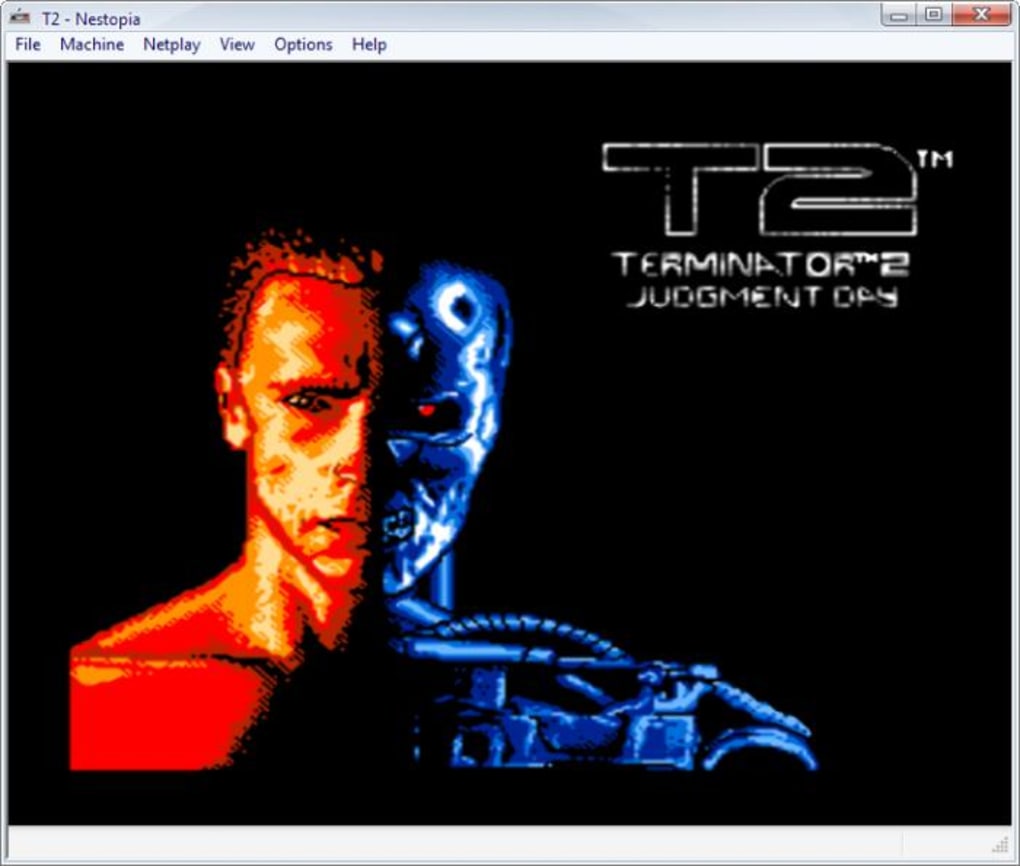

There you'll find articles, sample code, links to industry presentations on the topic of PMEM programming, and information about the open-source Persistent Memory Development Kit (PMDK). It was developed and tested on a system with an Intel® Xeon® processor E5-2699 v4 processor, 2.2 GHz, on the Intel® Server System R2000WT product family platform, running CentOS* 7.2 with Linux* kernel 4.5.3.įor information about PMEM programming, visit the Intel® Developer Zone Persistent Memory site. This tutorial provides a method for setting up PMEM emulation using regular dynamic random access memory (DRAM) on a physical or virtual machine (VM) with a Linux* kernel version 4.3 or higher.
#How to change memory pool in nestopia emulator software
If you’re a software developer who wants to get started developing software or modifying an application to have persistent memory (PMEM) awareness but you don't have these persistent memory modules, you can use emulation for development. Intel® Optane™ DC persistent memory modules are high capacity non-volatile dual in-line memory modules (NVDIMMs) that fit in this tier. This tier can be accessed like volatile memory, using processor load and store instructions, but it retains its contents across power loss like storage. Emerging persistent memory technologies introduce a third tier.


Traditional applications organize their data between two tiers: memory and storage.


 0 kommentar(er)
0 kommentar(er)
